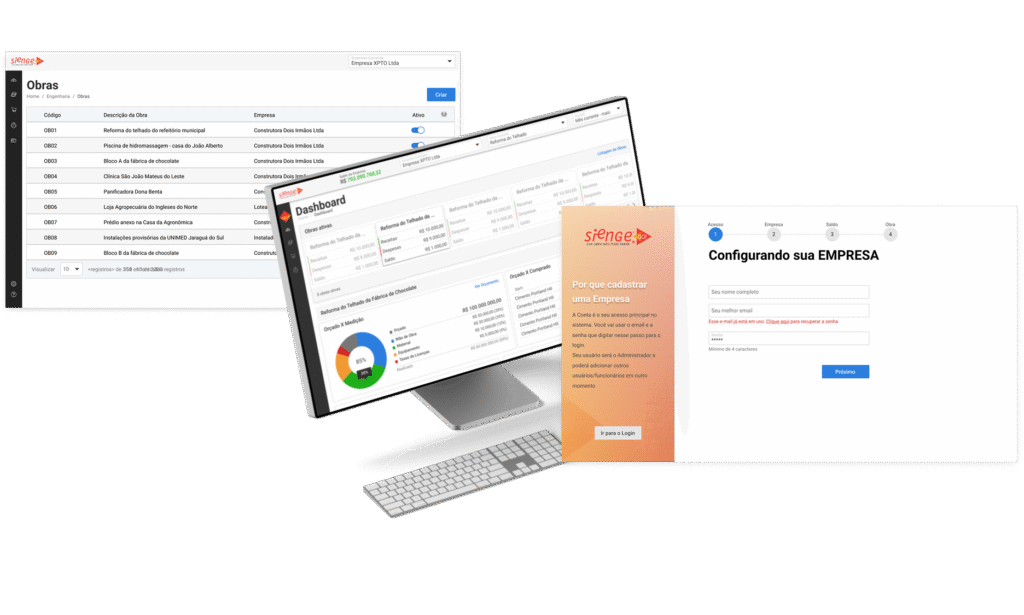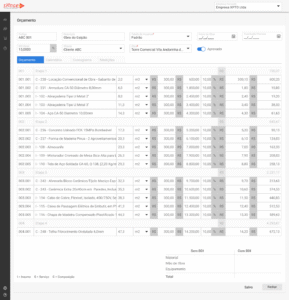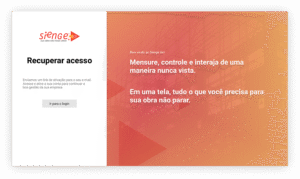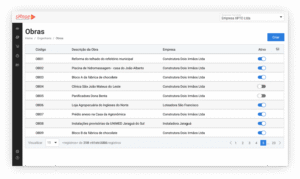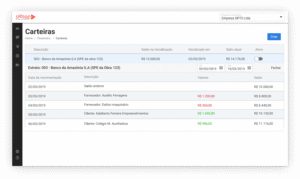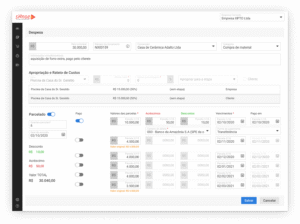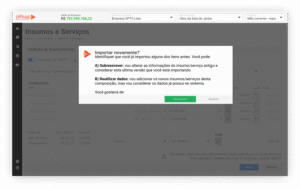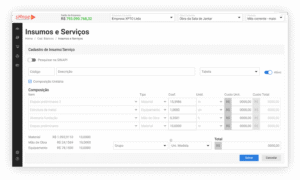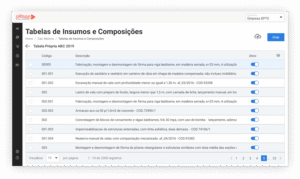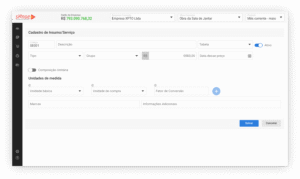Sienge GO | AI
ERP Platform with IA
Transforming the Brazilian Construction Sector with an Intuitive ERP
The Brazilian construction sector, dominated by 200k+ micro and small enterprises (MSEs), struggled with limited access to ERP systems due to high costs, excessive complexity, and inflexibility. Softplan’s legacy ERP, while specialized, was too expensive and cumbersome for MSE adoption, creating a market gap for an intuitive, affordable solution.
# Challenge
- The core challenge was to design a comprehensive, yet affordable and user-friendly ERP from scratch, specifically tailored for MSEs.
- Create, from sketch to user testing, all modules of ERP system.
- Lead the end-to-end design of a cost-effective, user-centric ERP;
- Validate product hypotheses through structured research to ensure market fit and viability;
- Integrate AI (IBM Watson) to enhance data-driven decision-making and user proactivity;
- Establish scalable UX processes to empower cross-functional teams (Product, Marketing, Sales), institutionalizing a user-centered approach.
# Process
- As the sole Product Designer for this project, I led a holistic, end-to-end design process that began with understanding the market and users;
- Research & Discovery: Conducted qualitative interviews with Architects, Engineers, and Managers across Brazil to deeply understand their daily challenges and workflows. Supplemented this with a quantitative survey to validate user needs and map pain points;
- Strategy & Ideation: Created a comprehensive user journey map, from project awareness to completion, to identify key opportunities for an intuitive experience. Utilized a Design Thinking approach, specifically the CSD matrix, to structure data, insights, and critical questions for each module;
- Design & Validation: Developed prototypes and conducted extensive user tests to validate design hypotheses and iterate on solutions. Handed off high-fidelity prototypes with detailed specifications for development.
- Impact Measurement: Implemented the HEART framework to define and track success metrics, ensuring our design decisions were tied to tangible business and user outcomes.
- Each module, by Design Thinking:
- CSD matrix to understand data, insights and doubts;
- Interview users (qualitative);
- Survey form to mensure impact and mapping real problems (quantitative);
- Business and insights iterate;
- Prototype and conduct User Tests;
- Handoff with high fidelity prototype;
- Metrics by HEART framework.
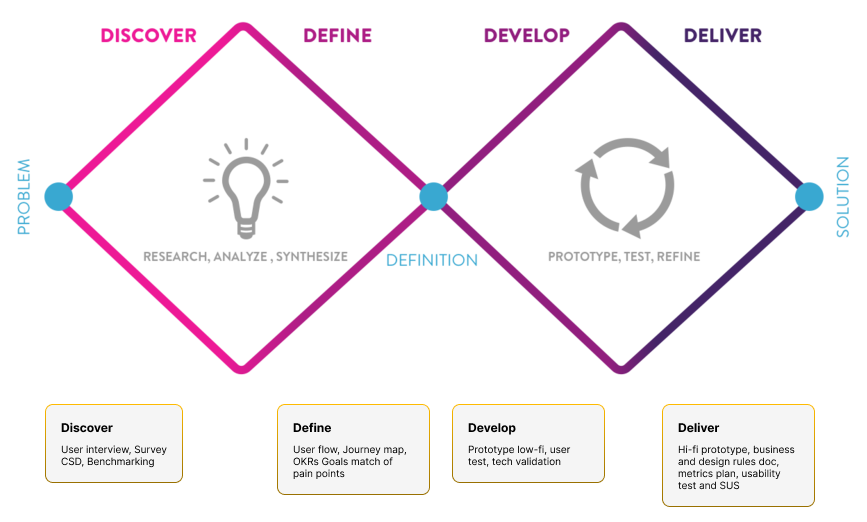
# Results
- Led the design and launch of an award-winning SaaS ERP in just 6 months, earning the prestigious IBM Beacon Award in 2019;
- Reduced implementation costs and increased sales efficiency by 40% by eliminating complex customizations of the legacy system;
- Achieved a 70% faster onboarding process for SMEs, thanks to a streamlined, intuitive UI and proactive chatbot guidance;
- Increased Customer Satisfaction (CSAT) to an impressive 4.8;
- Institutionalized user-centered practices, growing the UX team from a single designer (me) to five.
Final product
